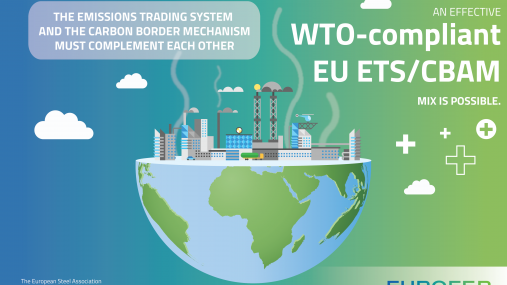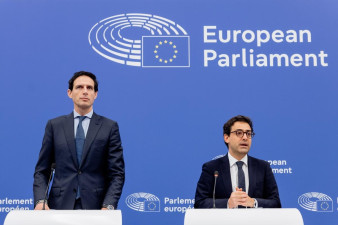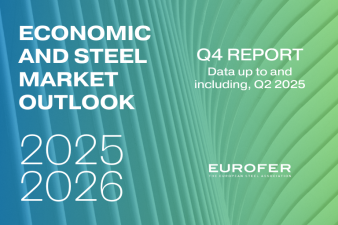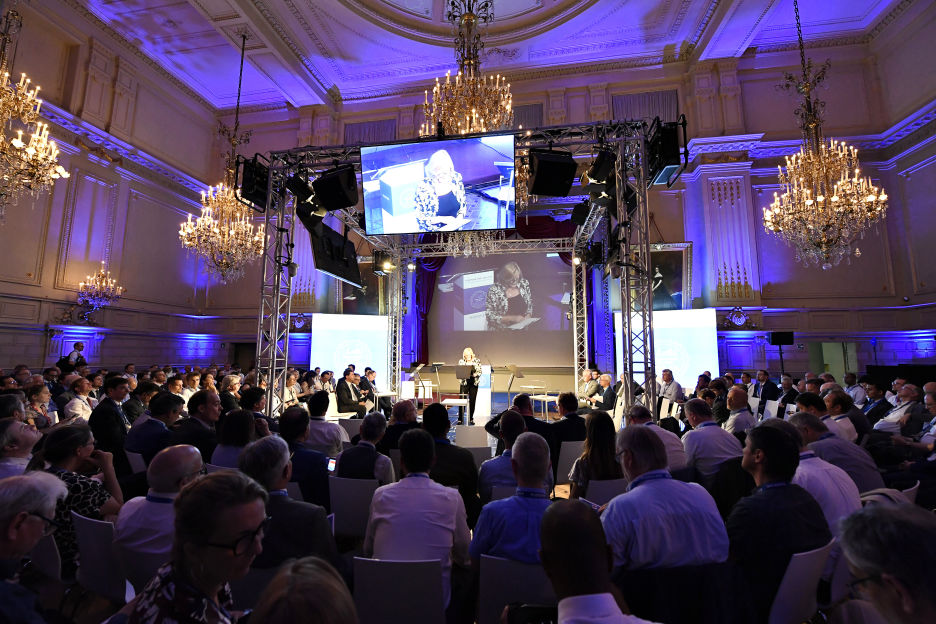As long as competitors in third countries are not subject to equivalent carbon costs and constraints,
carbon leakage remains a major threat for the EU Green Deal, even more with the very high carbon
price already today more than double of what the Commission had forecasted. A thorough
introduction of an effective CBAM can contribute to such purpose, provided that its effectiveness on
both EU internal and export markets is proven.
We welcome that several procedural CAMs strengthen the governance, implementation and
enforcement of the CBAM, notably with regard to the role of the central authority, circumvention
provisions, and the verification and transparency of data.
At the same time, and especially in view of the crucial role of the INTA Committee on the dossier and
on the fact that it leads the debate on the future shape of international trade, we would like to share
our disappointment on some CAMs concerning the interaction of the CBAM with free allocation and
the export solution. Such provisions entail highly adverse effects on the viability of our industries:
• The statement in CAM 5 that “free allocation should be phased out in order to respect WTO legal
principles of non-discrimination” is legally incorrect. The statement undermines the current EU ETS
directive under which sectors so far receive free allocation. In fact, in order to respect the principle
of non-discrimination, the EU must treat EU producers and importers equally. This can be done
also with free allocation in place, since the level of the CBAM paid by importers will discount the
free allocation granted to EU industry. Furthermore, any preferential treatment for EU industry is
already clearly excluded by recital 11.
• The statement in CAM 5 that indirect cost compensation system weakens the price signal and the
idea of the polluter pays principle is factually incorrect. Indirect cost compensation has no negative
impact on the efficiency of the EU ETS. The power sector passes the full direct emissions costs on
to its consumers and thus, fully incentivises further decarbonisation of the power sector,
independent of any compensation. Given the unique EU electricity market design, industry faces
indirect carbon costs even when we consume renewable electricity.
• The statement in CAM 23 & 49 that the proposal on exports should be presented only if it is “proven
to be compliant with WTO law” (Recital 52a, Art. 30.3a) is legally incorrect, since the WTO
compatibility cannot be proven ex-ante. According to international trade law, WTO compatibility
of a piece of legislation can only be “proven” if it is addressed by a WTO panel and Appellate Body.
• While the Innovation Fund is an important instrument to support industrial decarbonisation, the
statement in CAM 23 that it “should aim at preventing any distortions on the global markets”
(recital 52b) is unrealistic in practice. The reasoning does not consider the different timelines
between the cost impact of the free allocation phase out on exports and the start of operation of
projects supported by the Innovation Fund. EU exports need a solution as quickly as possible to
remain competitive in short-medium term, when the difference in carbon costs with the rest of the
world is the highest, in particular, in the context of EU carbon prices forecasted at around 100€ or
more by 2030.
In addition to these comments, we regret the protracted lack of transparency and of a public debate
on the WTO compatibility issues concerning this proposal. Our sectors have contributed to that
purpose with legal analyses by independent legal experts which would deserve a transparent
exchange with the Commission and co-legislators.
While being fully WTO compliant, a more careful interaction between the CBAM phase in and the free
allocation phase out would on one side reduce the impact on downstream sectors and international
trade relations, thereby mitigating possible retaliation risks, and on the other side provide a more
predictable path for the sustainable development and just transition of the EU industry and the
welfare of their workers and families.
We hope that further in the process the Members of the European Parliament will duly take into
account our concerns.







